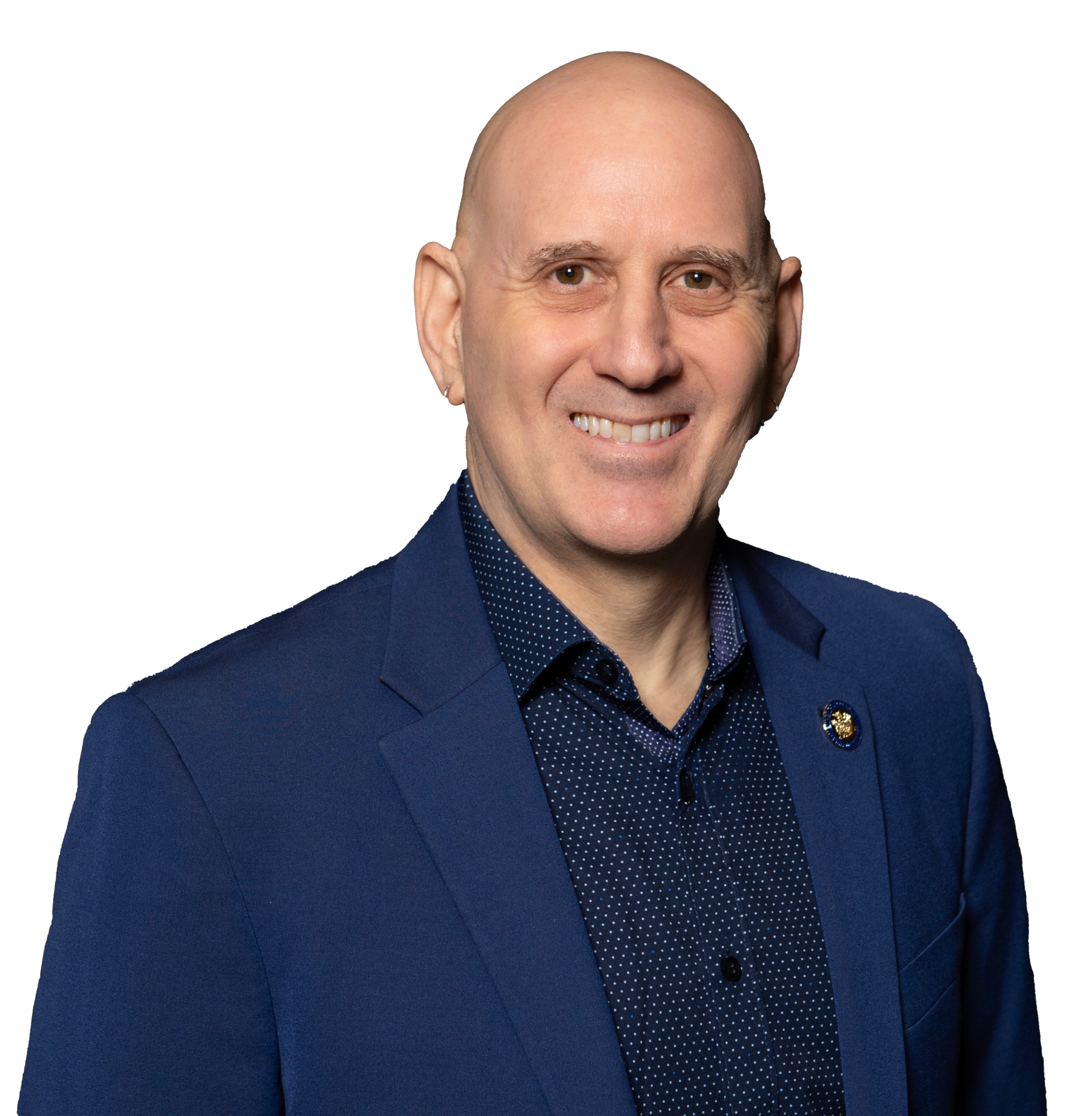New Coalition Highlights High Unemployment Rate for NYC Disability Community Despite Strong Economy
Assembly Member Harvey Epstein, People with Disabilities Employment Coalition & NYS Comptroller Thomas P. DiNapoli’s office deeply concerned about high poverty rates for people with disabilities
New York, New York – Advocates, government officials, and students today kicked off a campaign to call public attention to the dramatically lower labor force participation and employment rates in the disability community, noting that there continues to be a significant disparity when compared to individuals without disabilities. Standing in front of City Hall, members of a growing coalition spearheaded by Assembly Member Harvey Epstein shared their stories of struggling to get hired despite the strong economy. Others highlighted how gaining employment lifted them out of poverty and restored their dignity.
October is National Disability Employment Awareness Month. A recent report released by the NYS Comptroller’s Office found that the unemployment rate for New York City residents with disabilities was roughly 2.5 times that of the non-disabled (14.7% vs. 6%). Rates for African-Americans and Hispanics with disabilities were even higher, 18.9% and 15.3%, respectively. Fully 65% of people with disabilities 18-64 were not working.
“Despite being in the midst of the longest economic expansion on record,” said Assembly Member Harvey Epstein, “the employment figures for individuals with disabilities have essentially remained stagnant. Worse yet, there has been little government attention focused on these dismal numbers. Today, we are here to say that it is time for a change.”
"There is a stark disparity in employment rates and wages for individuals with disabilities," said State Comptroller Thomas P. DiNapoli. "Research shows that when companies embrace disability inclusion, it benefits their bottom line and their shareholders. There are some positive signs that businesses are beginning to understand the value and the benefit of hiring individuals with disabilities, but more needs to be done to get employers to recognize that inclusion is simply smart business. I am glad to partner with Assemblymember Harvey Epstein and the People with Disabilities Coalition on this important effort,” said New York State Comptroller Thomas P. DiNapoli.
“Employment for people with disabilities is the civil rights issue of our time,” noted Susan Scheer, CEO of ICD-Institute for Career Development, a 100-year old organization that provides vocational training and employment placement for a cross-disability population and veterans. “2020 marks the 30th anniversary of the Americans with Disabilities Act. To achieve the full inclusion in our society promised by the law requires that individuals with disabilities are able to share in the financial self-sufficiency and empowerment that comes with the chance to work.”
“In 2016, a demographic study looking at the workforce of organizations was funded by the New York City Department of Cultural Affairs as part of that agency’s diversity, equity, and inclusion initiatives. The study relied on HR data collected by nearly 1,000 cultural nonprofits. While other minority communities were represented in the survey, participants provided statistically insignificant responses regarding disability status and identity of their staff, meaning that analysis of cultural workers with disabilities were largely absent from this important report. From my 32 years partnering with cultural institutions to create disability-inclusive environments, this statistically insignificant representation of the disability community is because disabled people are reluctant to self-identify, and more often are not being hired at all. The inequity in employment is contradictory to our nation’s fundamental principles. This lack of equity also perpetuates people with disabilities not seeing themselves represented, or really feeling welcome in cultural institutions; never feeling truly welcome as part of community life.” Elisabeth Salzhauer Axel, President & CEO, Art Beyond Sight.
“People with disabilities are disproportionately living deep in poverty on a long term basis. The employment rate for people with disabilities is 29% - crisis level. We thank Assembly Member Epstein for his vision and initiative,” said Susan Dooha, Executive Director of the Center for Independence of the Disabled, NY.
“In order to ensure that people with disabilities can participate fully in society, we must do all we can to improve the abysmal statistics of unemployment and underemployment. Key to achieving this critical goal is eliminating architectural, communication, attitudinal, and other barriers to employment, ensuring that persons with disabilities are provided necessary accommodations, and doing all we can to improve our mass transit to enable the disability community to easily get to and from work,” said Ruth Lowenkron, New York Lawyers for the Public Interest (NYLPI).
“Individuals with disabilities have always been an untapped labor pool. During National Disability Employment Awareness Month it is important to not only raise awareness of the high unemployment rate but to work together on moving the needle in the right direction. BILS is committed to working with all of our partners, community resources, and employers. It is time that our untapped and underutilized labor pool be able to make inroads and have the ability to show all of our skills,” said Brett Eisenberg, Executive Director for Bronx Independent Living Services.
“At BCID, our community health workers face barrier after barrier when they look for a job, from horrendous Access-A-Ride service to discrimination and employer refusal to make accommodations,” said Milenka Berengolc, Community Health Worker manager at the Brooklyn Center for Independence of the Disabled. “State and city leadership and innovative programs are one crucial step, but it’s time for employers to take the lead as well.”
The growing coalition of disability rights advocates plans to engage with public officials, policymakers, employers, and other key stakeholders to address the barriers to employment faced by individuals with disabilities.


